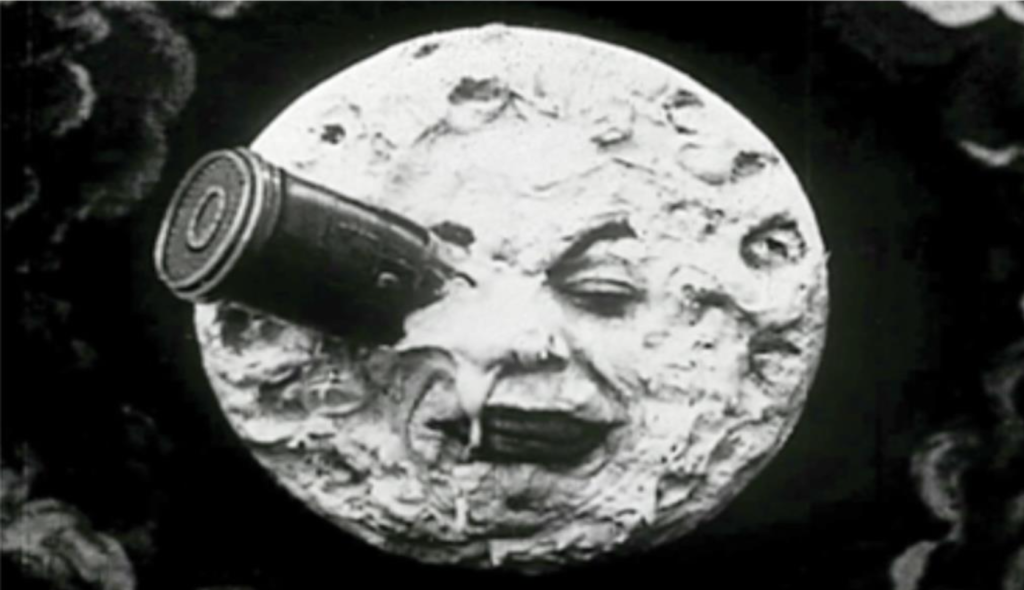“This was supposed to be a regular feature film, but since we didn’t have the money we had to use a much simpler technique: paper cutout animation.”
Jan Švankmajer in the opening half apology
Stop-motion has always been one of Jan svankmajer’s primary forms of animation expression, and the emotional and narrative characterisation brought about by stop-motion intrigued me.
Stop-motion animation can be considered a contemporary form of puppetry. And this visual illusion discovered by accident in 1895 by Alfred Clark.In The Execution of Mary Stuart, Alfred Clark takes a scene of a woman being tortured and replaces it with puppets through editing.
A year later, George Méliés used stop motion for the first time to move and bring inanimate objects to life, establishing 1896 as the birth year of the technique (Gasek, 2012).

I think Jan svankmajer’s brilliance also lies in the fact that he has a unique way of pairing different objects with each other, which are presented in a grotesque way.
As he himself mentions in the Decalogue,“If you want to disclose some of these hidden aspects of objects through your camera, you need to listen. Sometimes even for years. First you have to become a collector, and only then a filmmaker. Bringing objects to life through animation has to be a natural process. Life has to come from within them, and not from your whim. Never violate objects! Don’t tell through them your own stories, tell theirs.”
In svankmajer’s work, there seem to be gaps between images and spaces created by the abrupt appearances and disappearances of these “cut-up pieces” of reality that lead to alternative worlds and ways of perceiving, comprehending, and creating new worlds.
Bendazzi,G(1994).Cartoons : One Hundred Years of Cinema Animation. London:JohnLibbey&CompanyLimited.
Gasek,T.(2012).Frame-by-Frame Stop Motion : The guide to non-traditional animation techniques . Oxford : Focal Press.